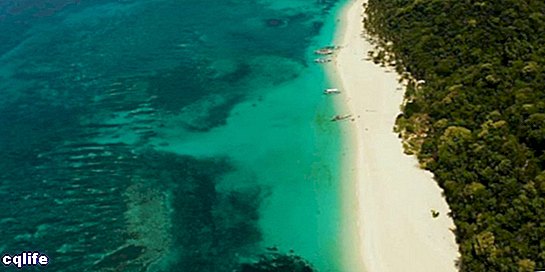We explain what a continental shelf is, its biological and geographical characteristics. In addition, its legal and economic importance.

What is the continental shelf?
In geology and oceanography, is known as continental shelf or continental plate to the region underwater bottom that is very close to the coast and has depths of less than 200 meters, although its width can range from a few meters to tens of kilometers. In other words, it is the submarine continuation of the continent.
The continental shelves are made up of continental crust, but they usually host a significant layer of sediment. That is why they present abundant life animal and vegetable, and in them are usually found most of the underwater deposits of Petroleum Y natural gas, on the bedrock below these platforms. This, together with the coastal recreational activities, make them areas of great economic importance.
From an international legal point of view, the continental shelves constitute part of the territory sovereign of each coastal country, over which it exercises exclusive rights of economic exploitation and civil and military transport. These limits are determined based on the morphology continental and are usually the subject of disputes between countries, outside of them there are so-called "international waters" that do not belong to anyone in particular.
The proportions of continental shelves can vary enormously: some geographic regions have little or no continental shelf, while others have long stretches of it. But its depth, as we said before, never exceeds 200 meters deep. To cite one example, the Siberian shelf in northern Russia stretches 1,500 km across the Arctic Ocean.
In any case, continental shelves normally culminate in continental slopes, which are more or less steep and long descents towards the depths of the ocean. sea, at the end of which there are usually abyssal plains, oceanic depressions or even some elevations such as the oceanic ridges, depending on the underwater geology of the region.
